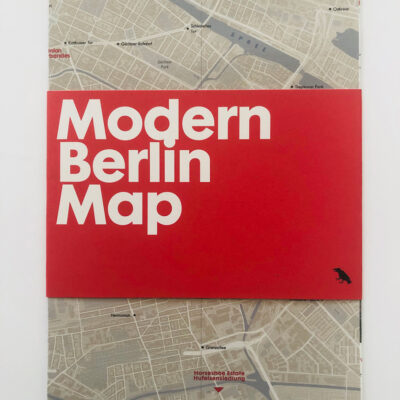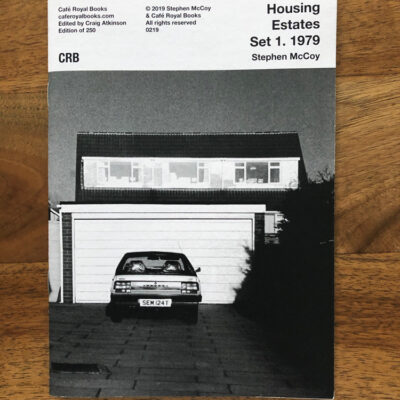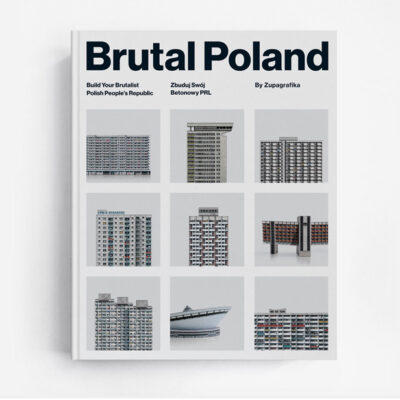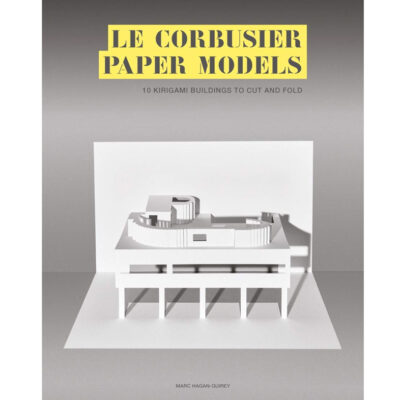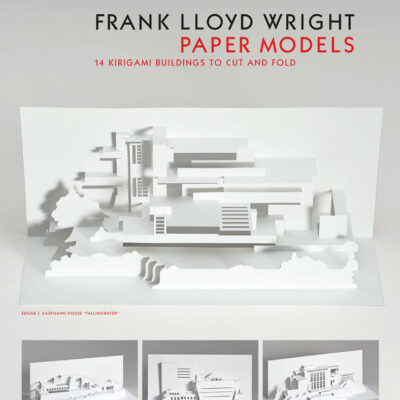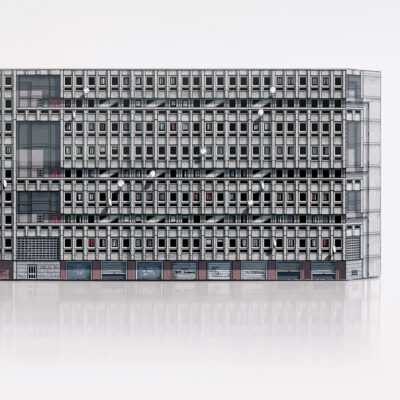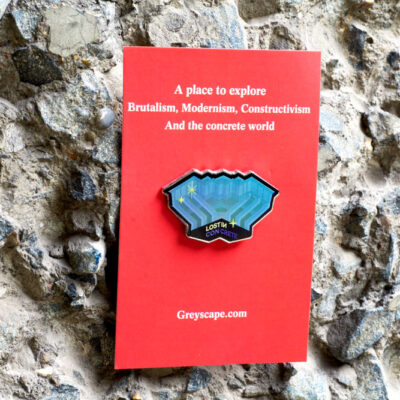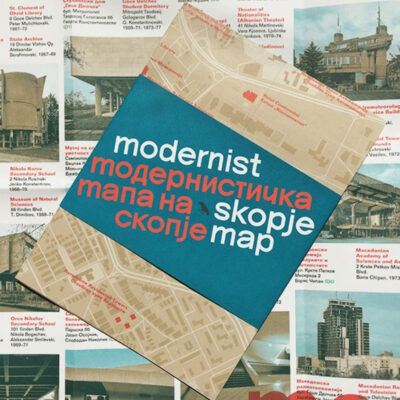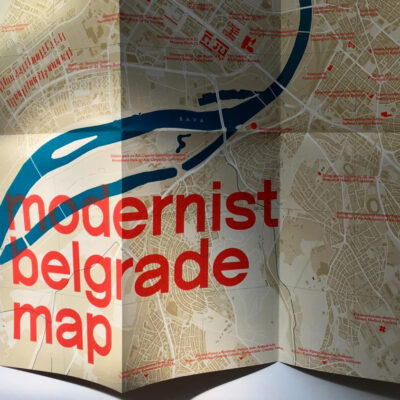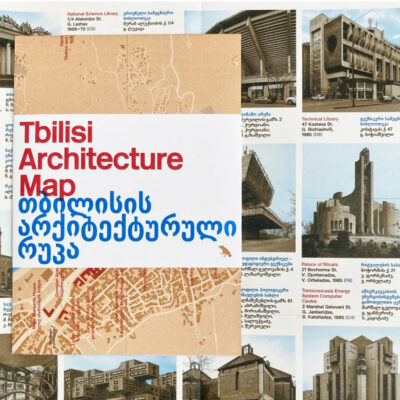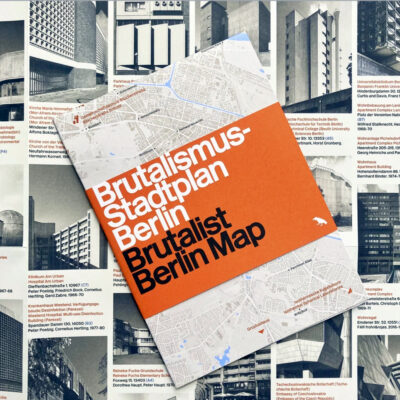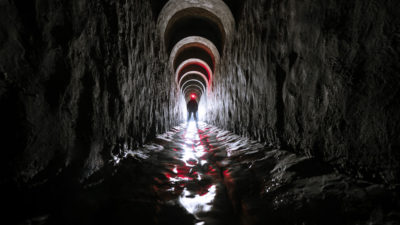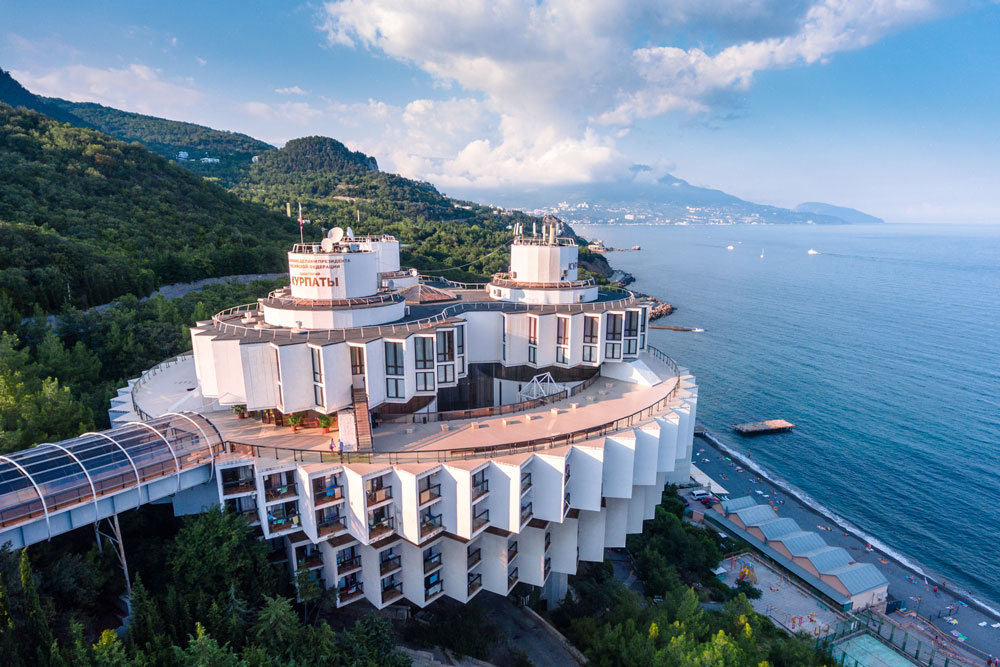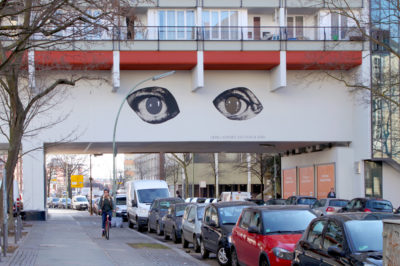Brutalist Crafts: Building The Paper Panelki Model Kit, One Careful Fold At a Time
Made painstakingly to scale, Alexander Predov’s homemade paper model kits of Bulgarian Panelki (Communist-era housing) is a fond homage to the vast concrete housing estate he grew up in. Alexander shared with Greyscape about why he ‘never got over that feeling of creating something from a simple piece of card.’
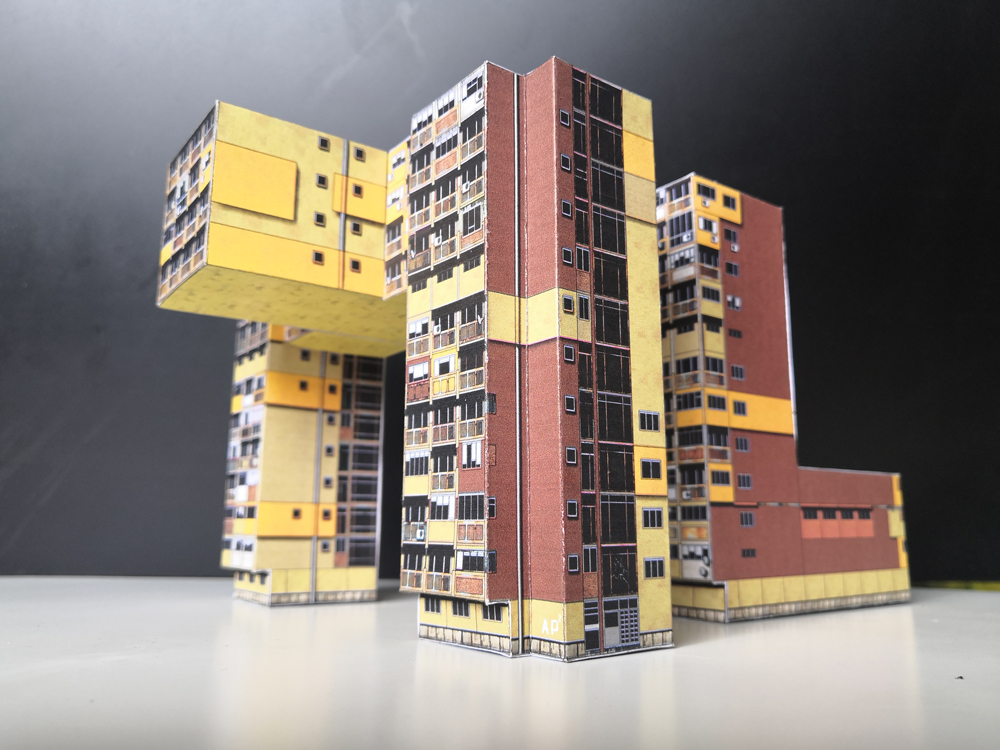
Tell us about the Eastern Bloc series….
It’s a project dedicated to the hidden beauty of Bulgarian apartment blocks. For too many people, the word “Panelka” connects in their mind to something ugly. However, I see it differently, Panelki are like blank canvases on which people paint their lives. I’m trying to express this using paper models as the medium, blended into these paper ‘blox’ are the marks, the imprints, the impact of thousands of people have left and continue to leave on their surroundings.
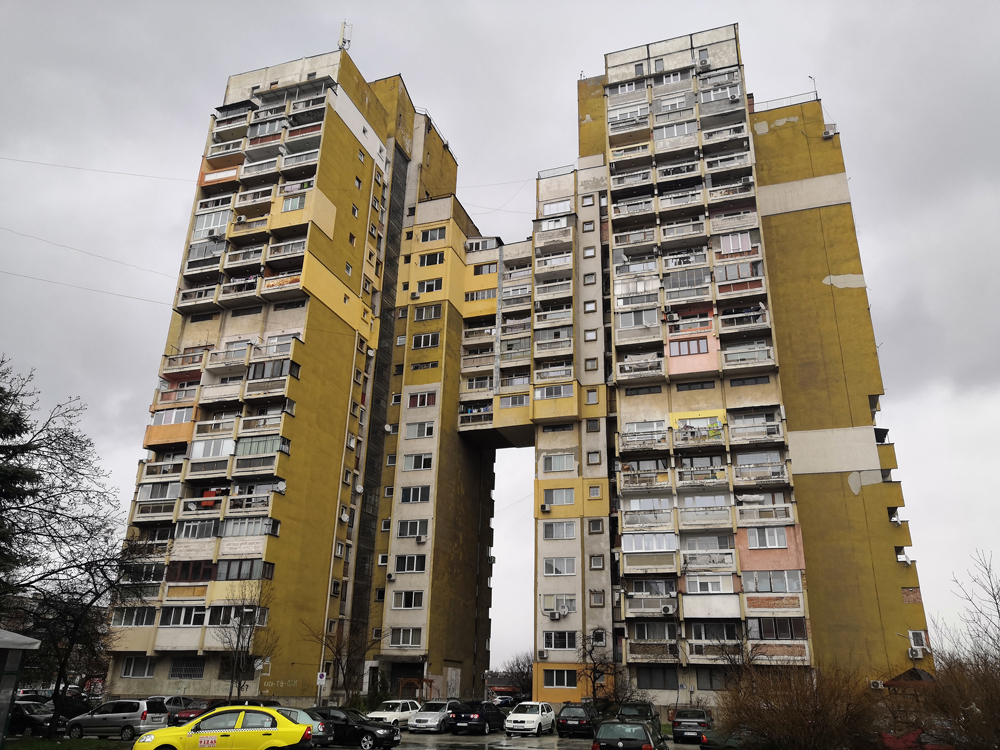
Block 67-68 ©
What prompted you to start the project?
Well, you could say it started years ago in a panelka in Ruse. Known as the ‘Bulgarian Vienna’, it’s the city on the River Danube where I was born. My father, a sailor, deeply understood what fascinates children. He’d be away for long stretches, frequently heading to ports in Germany. One trip he brought me back a book of paper models of traditional Bulgarian houses and the next trip he returned with a ready assembled model. To me, a little over 8-years-old it was very exciting.
It took me another thirty years to rekindle that memory, this time with my 10-year-old son here in Sofia. In 2017 I bought him pop out build-your-own model kit in the form of a book of one of my favourite Bulgarian buildings, the Agushevi Konatsi. We set about making it and to be honest it was literally impossible, and given my professional life that’s saying something, My Bachelor’s degree is in Performing Arts and my Masters is in Spatial Design. My work is wide-ranging, I’ve worked in the art department for films and TV commercials, tech support for theatres and as an architectural assistant. We ended up throwing the kit away. It kind of gnawed away at me. A few days later I was picking up my son from the local swimming pool and right in front of me was a small block that jumped out at me and that’s it I was hooked. I had to try and make a paper model of it … it looked simple enough. Well, it wasn’t at all, it took me two months, but as it turns out I’m pretty happy with the end result. We named it E.B.1.0.1. The second, that swimming pool, E.B.1.0.2 and so it rolls to this day.
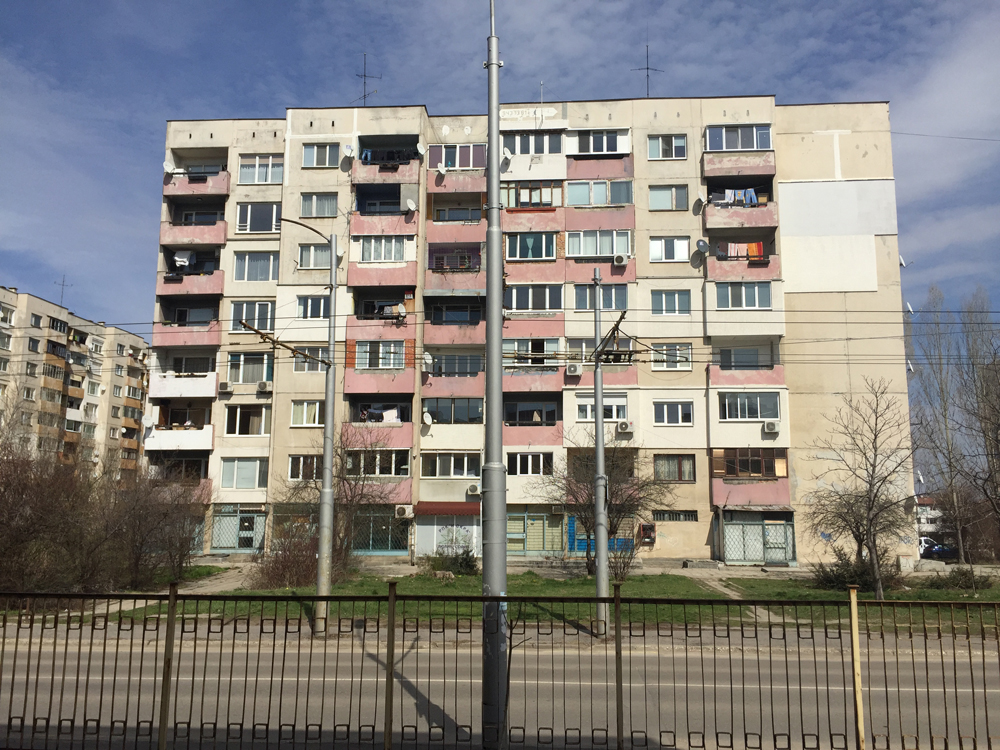
E.B.1.0.1 Sofia ©
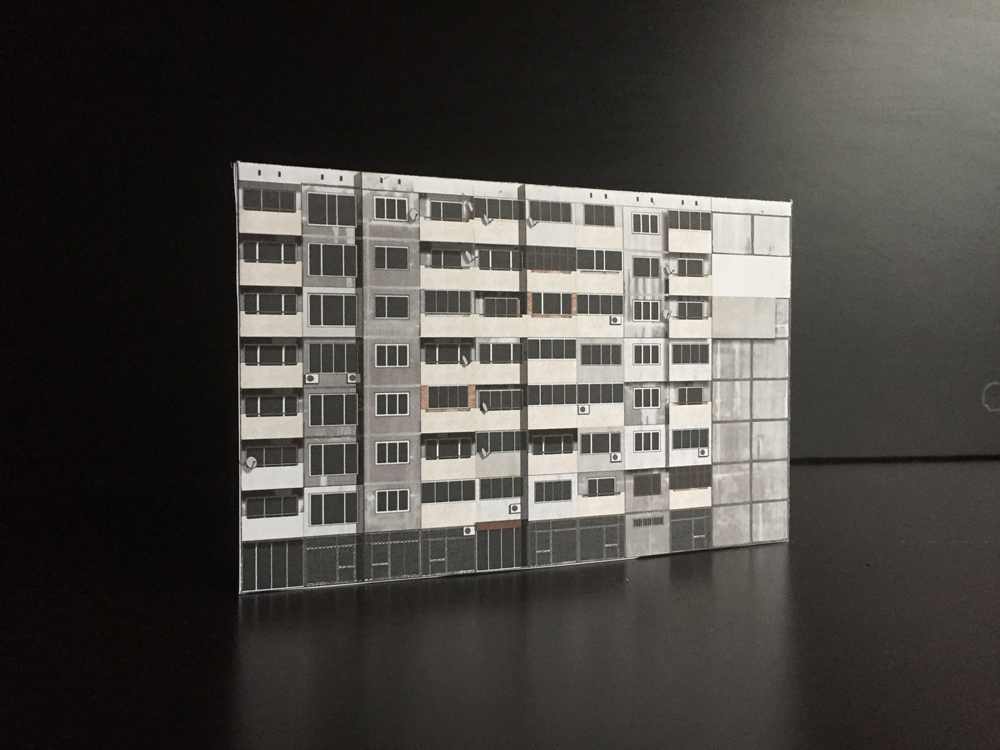
E.B.1.0.1 Sofia Alexander Predov ©
Are Panelki the perfect subject for your scaled models?
On the one hand, yes – they are totally symmetrical which suggests they should be easy to construct – just straight lines, cubes, parallelepipeds, simple volumes. In fact, you can draw one very fast, if you ignore reality and only focus on what it might have looked like on the day the first resident moved in. But that’s not really what I’m aiming for – it’s not to replicate something – a moment that they passed through quickly. The more interesting aspect for me is the impact people have made and the traces they have left … evidence of the human experience. Also, on a purely practical level, folding the 200gr matte paper at 90 degrees is quite a challenge!
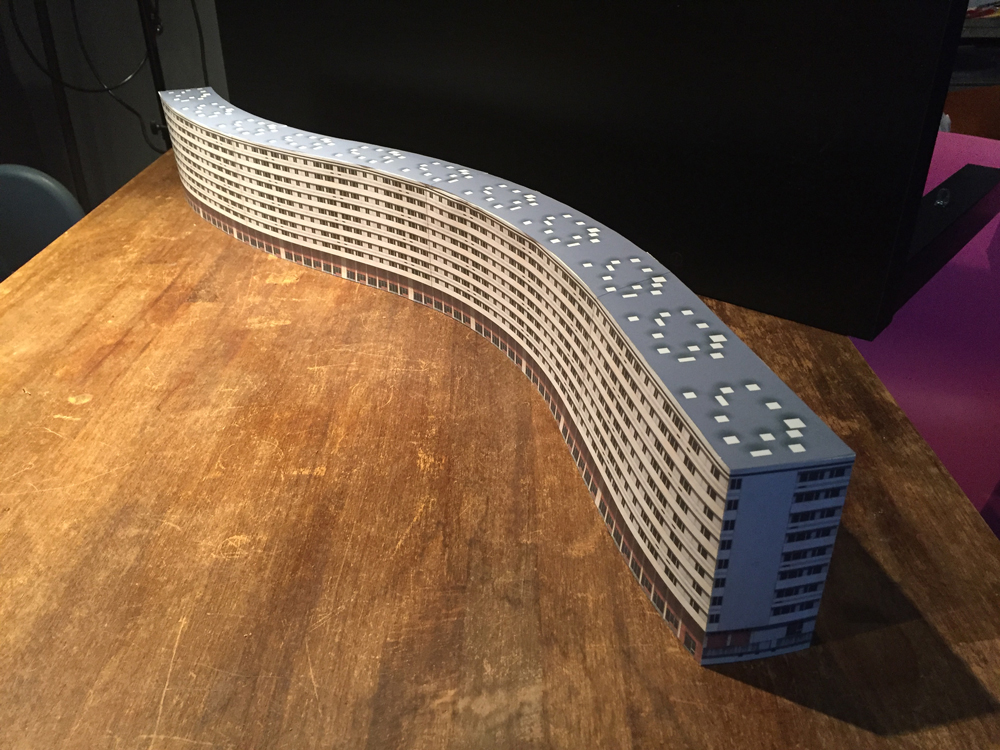
E.B.1.0.2 Block 77 Burgas, Bulgaria known locally as, Краставицата or ‘the cucumber’ to you and me
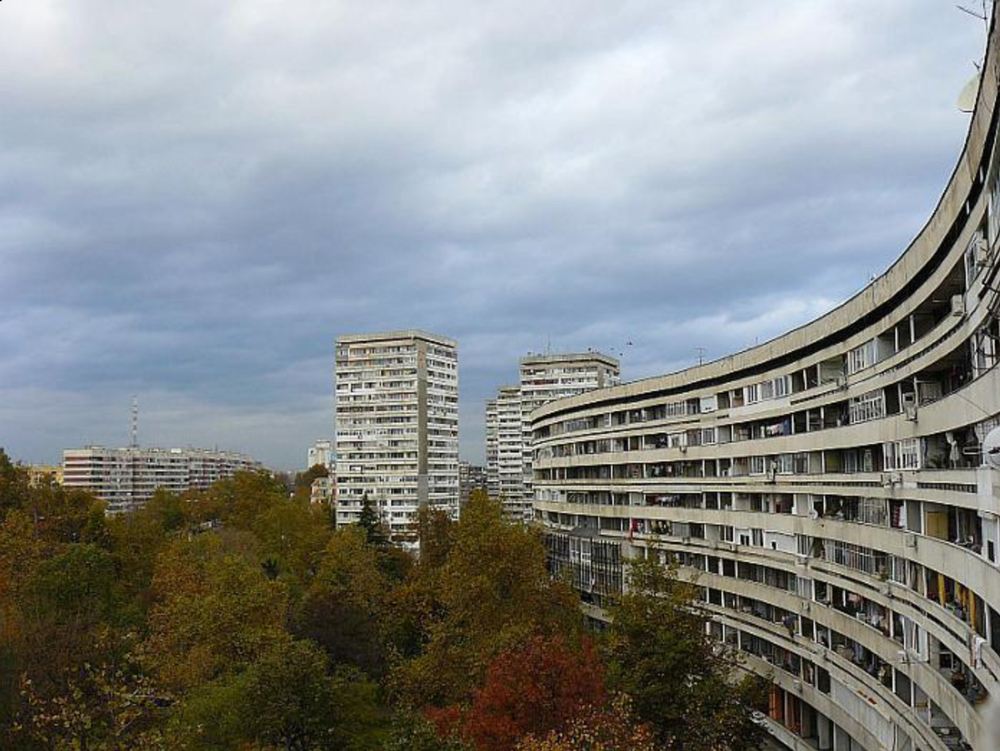
Burgas Краставицата ‘the cucumber’ social housing, wikimapia
Looking at Communist-era housing blocks there is always the sense that their design impacted on family life. To the casual observer, they look quite uncompromising places to live in.
The starting point in answering is to understand the architects brief, they had one goal, functionality, they considered comfort a secondary benefit. However, what the Soviet system didn’t take into account was the power of human nature. The desire to create a place to live which is not just a place to shelter in, but actually a home. I don’t mean with bricks and mortar but in the greater sense. A place where bonds and connections are formed and a family can be raised.
The typical residents, my neighbours when I was growing up, had either only experienced life in a rural village or a small town. They were drawn to the city with all its economic benefits and a better life.
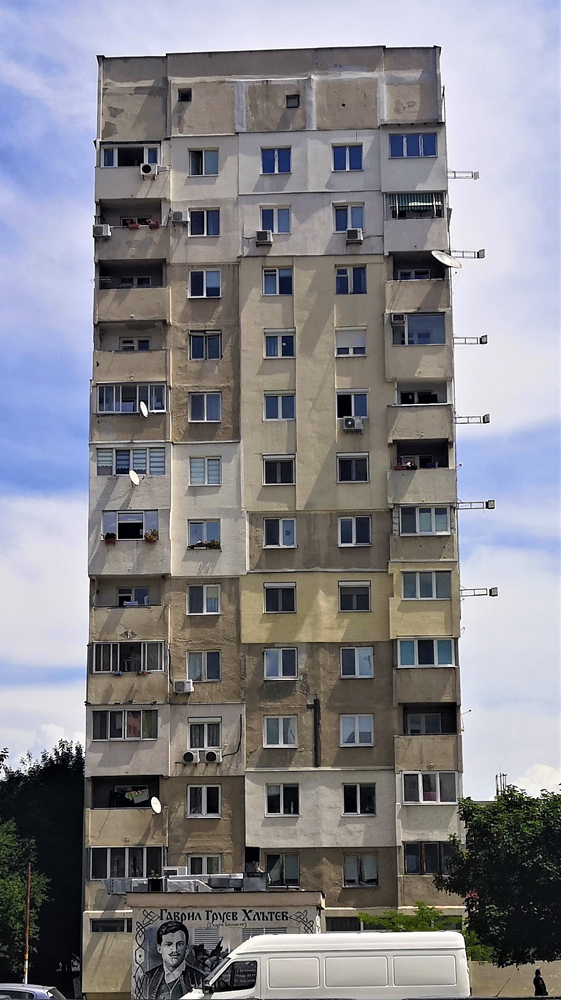
Did they get more than they anticipated?
Yes, the package came with a slice of life
What was it like for you?
Happy, my strongest memories are about hanging out in the neighbourhood “kvartal” квартал in Cyrillic, playing with other children in the large spaces between the blocks. This was a place where I made life-long friends.
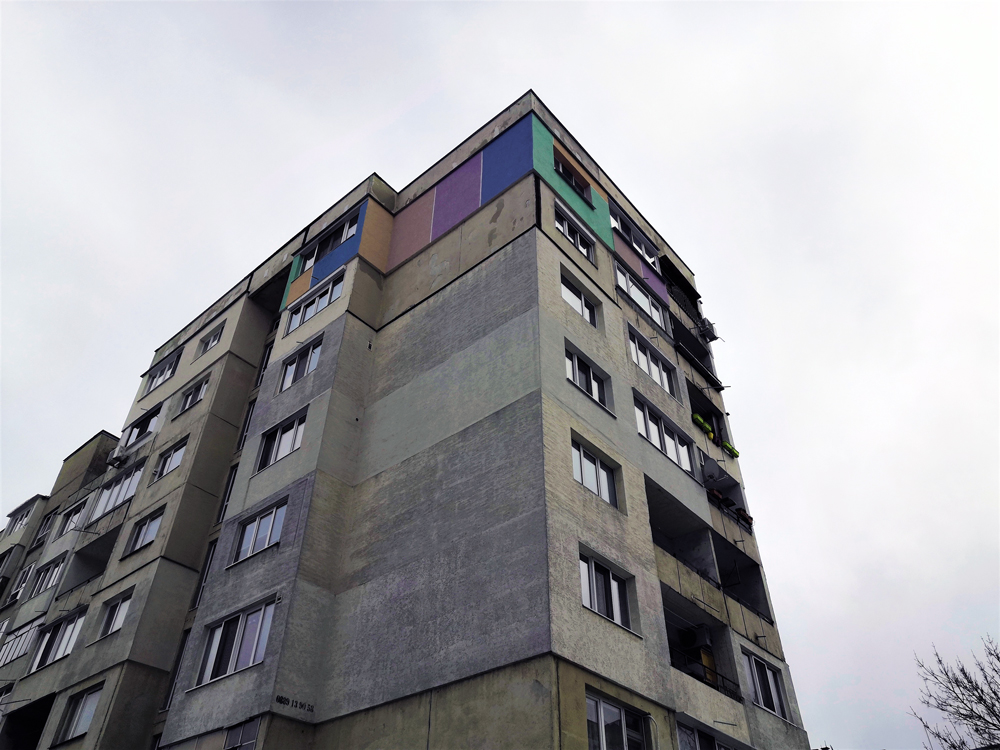
Panelkia ©
You grew up at an important crossroads in history. Chernobyl, the pulling down of the Berlin wall and the end of Communism. Do you think your shared experiences at such a tumultuous time helped forge especially meaningful connections?
The historic coincidence of being a child at this time contributed greatly to the person I am now.
Were you aware of what was happening at Chernobyl?
I was living a 1000km from Pripyat and remember, everyone was very scared about what might happen to us.
(note: Forsmark in Sweden 11OOkm away was instrumental in reporting radioactivity a day after the explosion which ultimately forced the Russians to report what had happened).
And the fall of the Berlin Wall?
By ’89.. there was a clear sense of hope behind everything that scared us. In reality – change takes time
Deep diving a bit more about the state v the individual. Were there limitations in how a resident might express their individuality?
I’ll answer in two parts then – in the Communist era – and now. Back then, if a resident changed or altered the property and a party member spotted it (an especially risky endeavour in the city centre area) and reported it, the resident would be in big trouble.
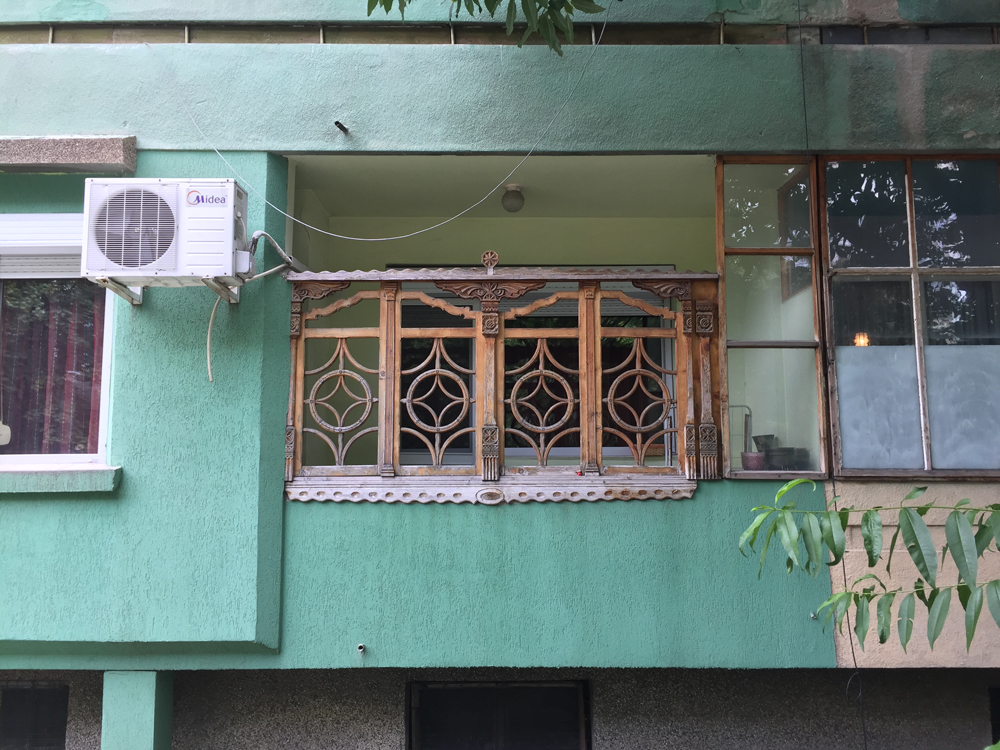
Panelki Ruse, Bulgaria Image Alexander Predov
Now the residents are free to customise their homes. In the 1990s when they realised, they could without repercussions, they began to reconfigure the space. Typically breaking down the wall between the living room and the balcony and putting windows across the balcony in order to close it. That’s how they lost their terraces but gained three more square metres of living room. During Communist times this was strictly a no-no because it would alter the façade of the whole block.
Today with the residents free to be creative (within limitations) the Panelki look striking, original and colourful. The architects may have designed simple austere concrete building blocks; Now they are canvases, it has dramatically altered them.
How did all of this play into the Eastern Blox project?
I try to capture all the details, the customised or bricked up windows, the air con boxes, the presence of rust, how people have tackled insulating their homes.
The main entrances are quite different and unique, some have integrated postboxes, others still have the original wooden ones.
As a result, each prototype takes time to create it’s much more than a simple folded card, I want them to be recognizable. I like the way the residents alter their living space organically, no one is critiquing it. That’s what impresses me, and that’s what I want to show – the blocks captured in the moment. I want to capture all these interactions, combine and put them together in a completely original way, easy to build paper models, each completely different.
‘It is as if they were just a plain sheet of paper in the hands of hundreds of thousand painters
– the residents’
Do you have any self-imposed rules … stuff you leave out?
The one area I avoid replicating is the graffiti of rival football teams and commercial graffiti of insulation firms, that they usually stamp on the blocks.
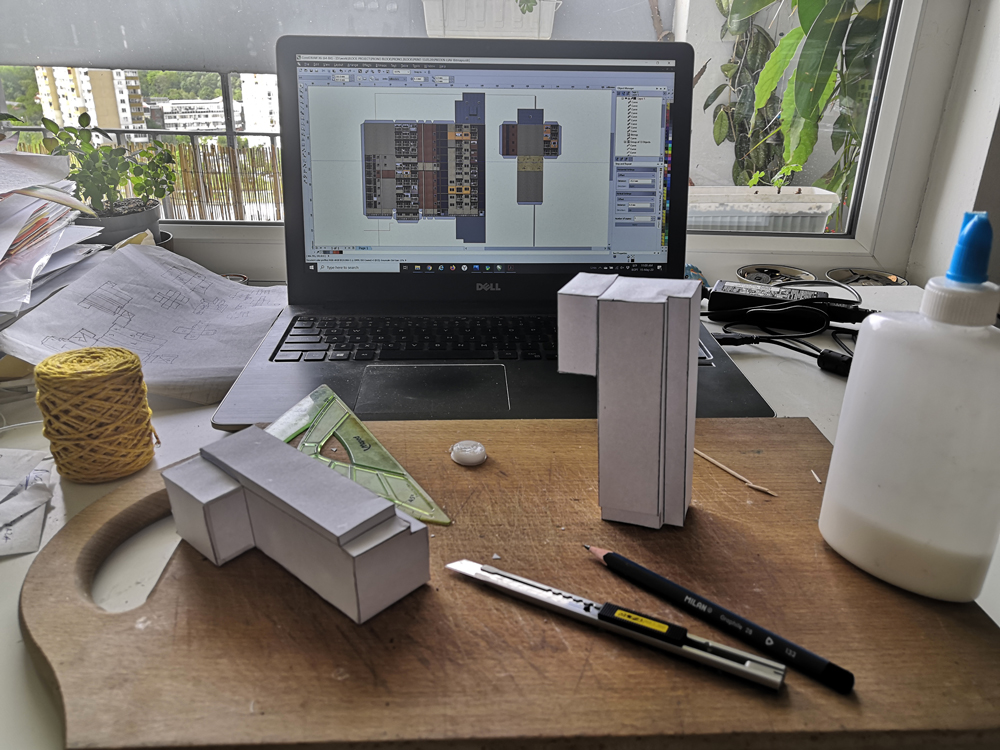
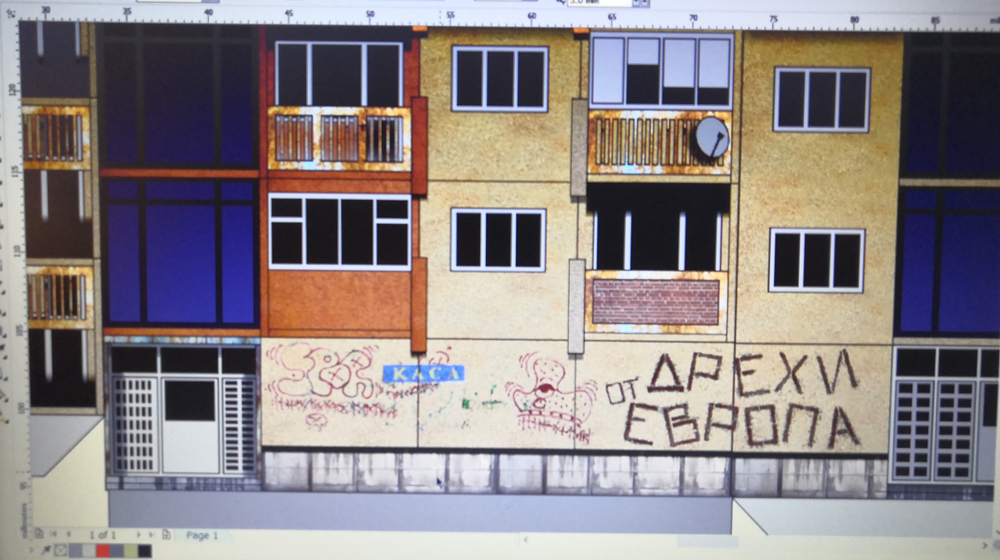
You have a Masters in Spatial Design – can you explain how that has impacted on your designs
Approaching my designs … everything I learnt on a large scale plays out in the small designs. Let’s say, that the permitted deviation in outdoor events planning is 50cm, in reinforced concrete constructions planning is 10-25mm, here in these paper models it’s less than 1mm. I know it could sound a bit manic, but I love being precise and this project gives me the opportunity to test the levels of my calmness.
Can you explain your method?
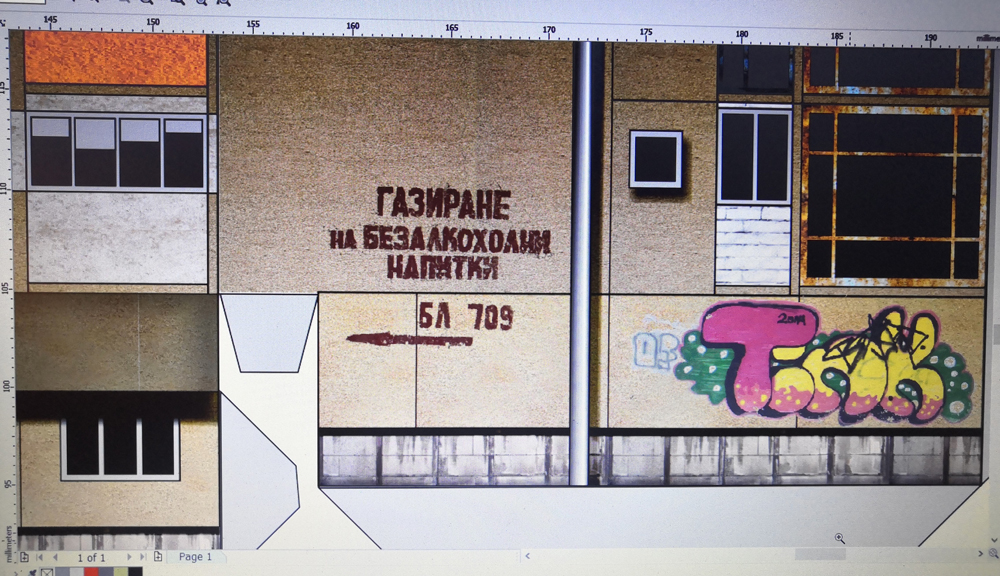
The First Step
Choose my subject– I’ve learnt a lot about the different types of blocks in Bulgaria and my longer-term aim is to attempt to represent them all.
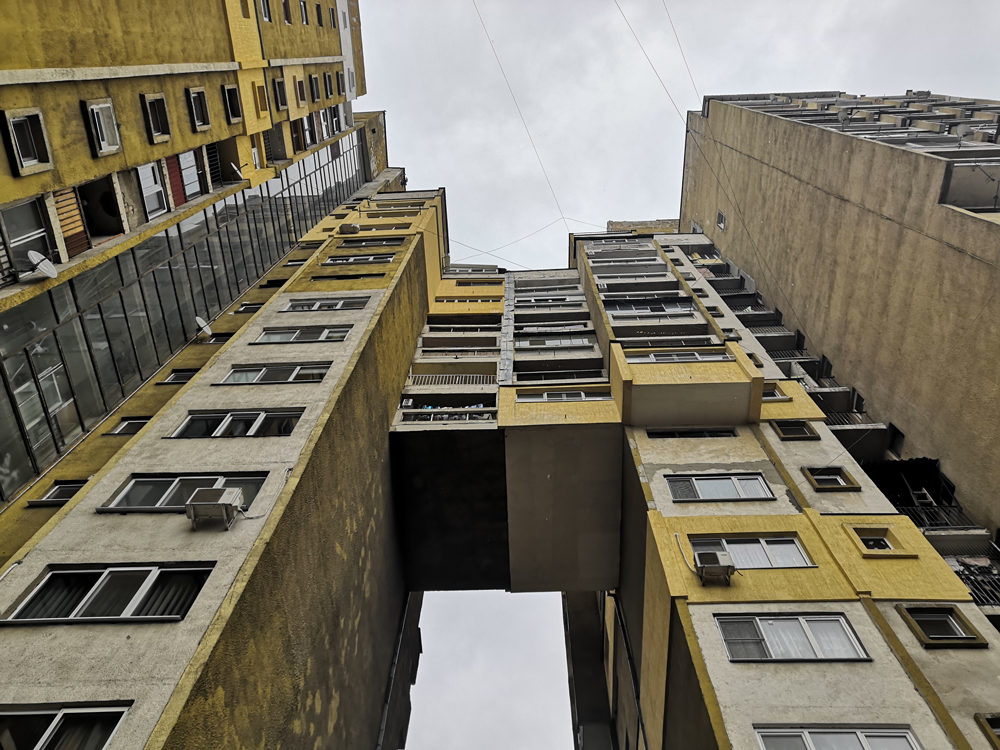
Next Step
Bear in mind this is not simply to achieve the final product – it is part of the artistic process, I take a series of good quality photographs. They are used as points of reference and allow me to see all the details later when I’m back at my computer. I’m looking at space, shape, environment and texture.
And …
The third is the process of drawing, choosing the correct scale, drawing different kinds of windows, doors, facade panels etc.
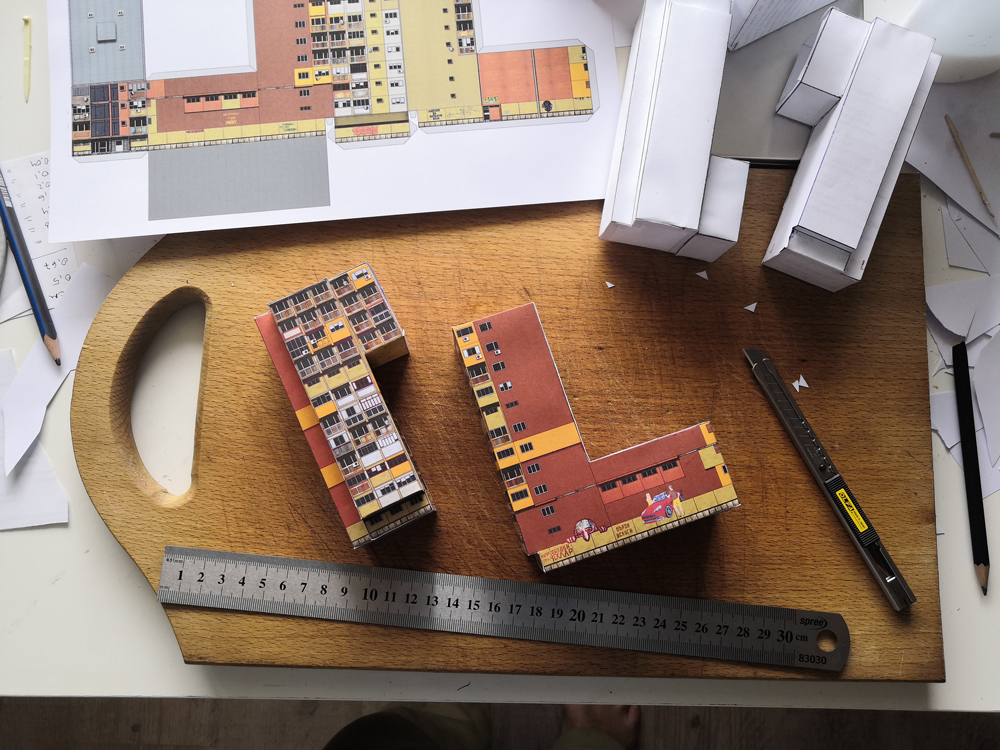
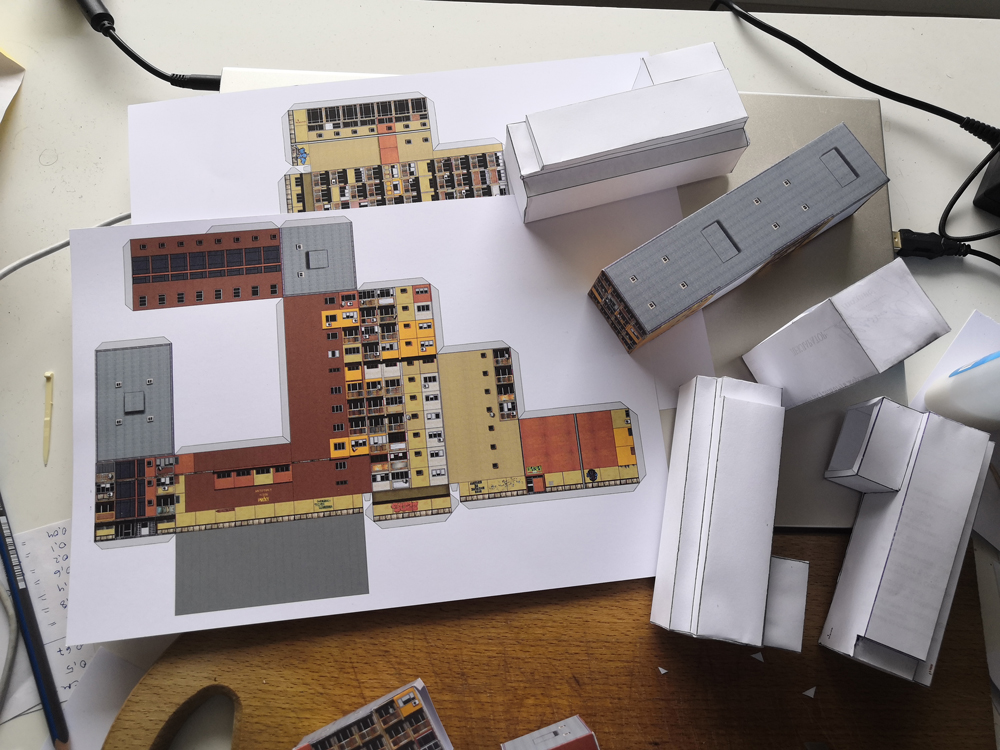
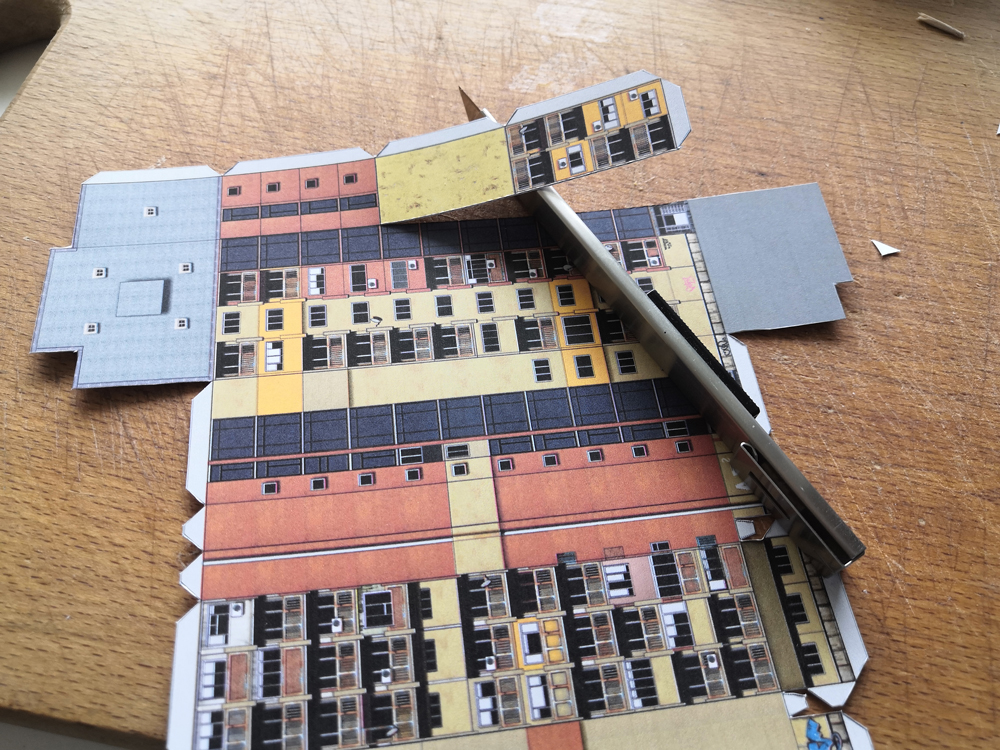
Scale and Assembly
Then comes the design of the unfolded model and printing in A4 (getting the scale right for the final image is one of the biggest challenges. The impact of paper size shouldn’t be underestimated.
And finally comes the assembling and (hopefully) a wave of satisfaction, to see the finished article in my own hands.
Has lockdown helped or hindered your plans of what to do with the models?
It’s enabled me to think outside of the ‘blox’. I’m focusing on preparing the first pop-out book for publication. The project is now called Eastern Blox. The Sofia Municipality has embraced it as part of its “Solidarity in Culture” initiative, #Solidarity_In_Culture
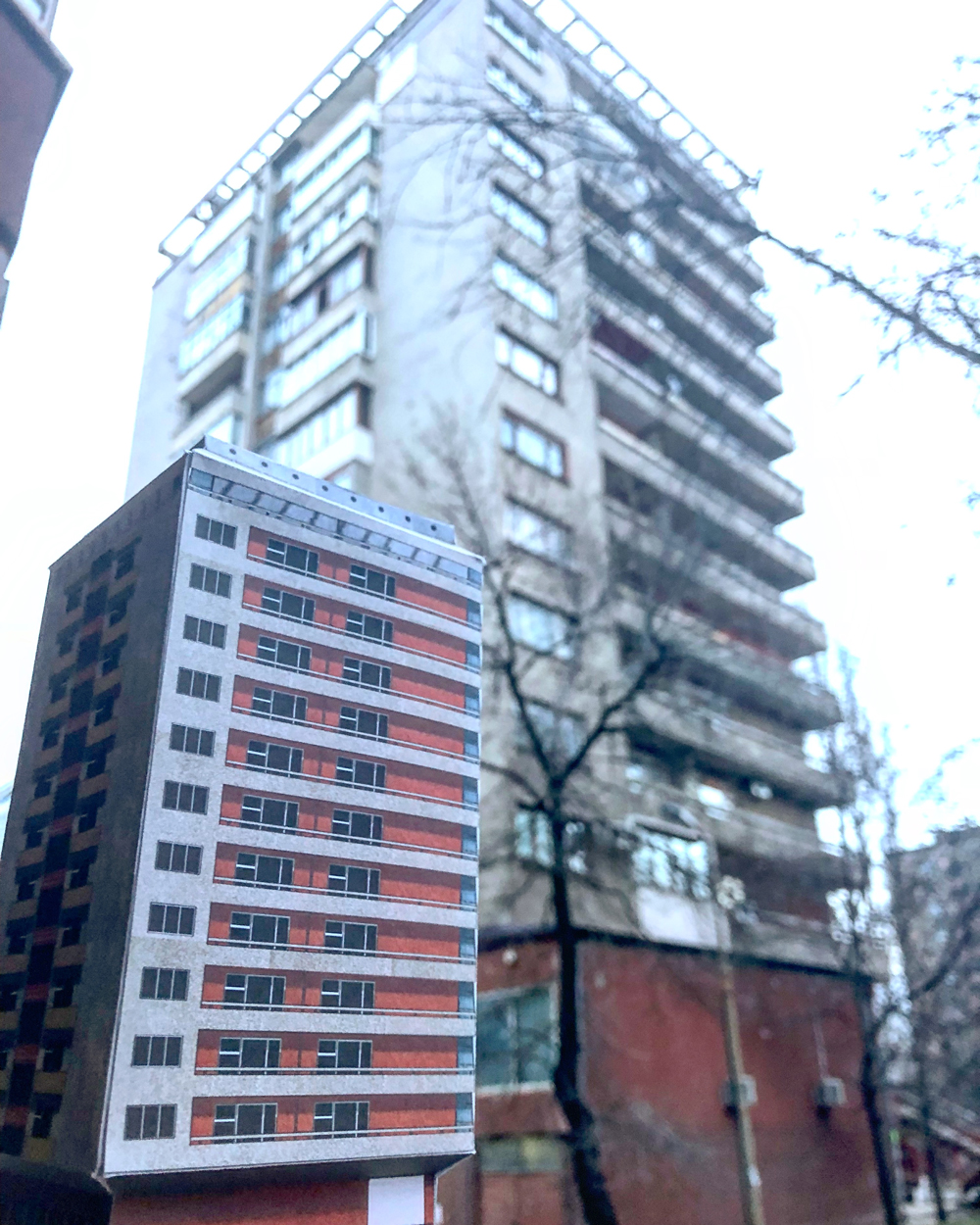
E.B.1.0.4-1 © Alexander Predov
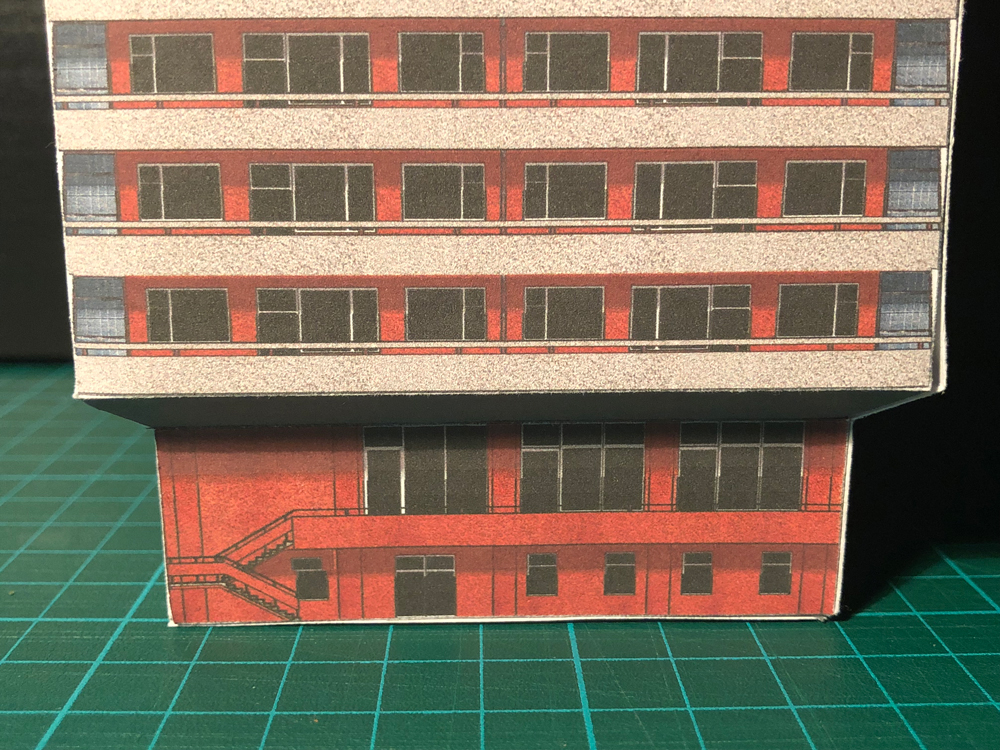
E.B.1.0.4 Alexander Predov ©
How does the Eastern Bloc slot in with other projects?
I’m continuing to work on the design of the paper model of Bulgaria’s original Panelka, built in 1958 is and it will be called E.B.2.0.6. I’m still perfecting the original E.B.1.0.1 my first paper model). Next in line will be the first monolithic in situ cast concrete structure building in Bulgaria.
Covid19 lockdown led me to meeting virtually Milanese artist, Alessandro Pongan. Our collaboration, a project called Prono, focused on Blocks 64-68 in Sofia – using my original photos I interpreted them as paper models and Alessandro as collages.
Panelki for Beginners with Alexander navigating:
At first glance they all look the same, however, there’s more than one basic model, each coded: Bs-2-63, Bs-VIII-Sf and the Tolstoy experimental series.
The most common one – Bs-69-Sf has been used for the prototype for my first creation E.B.1.0.1
Here are Bulgaria’s first Panelka built in 1958 and my version of it E.B.2.0.6
It is as if they were just a plain sheet of paper in the hands of hundreds of thousand painters – the residents.
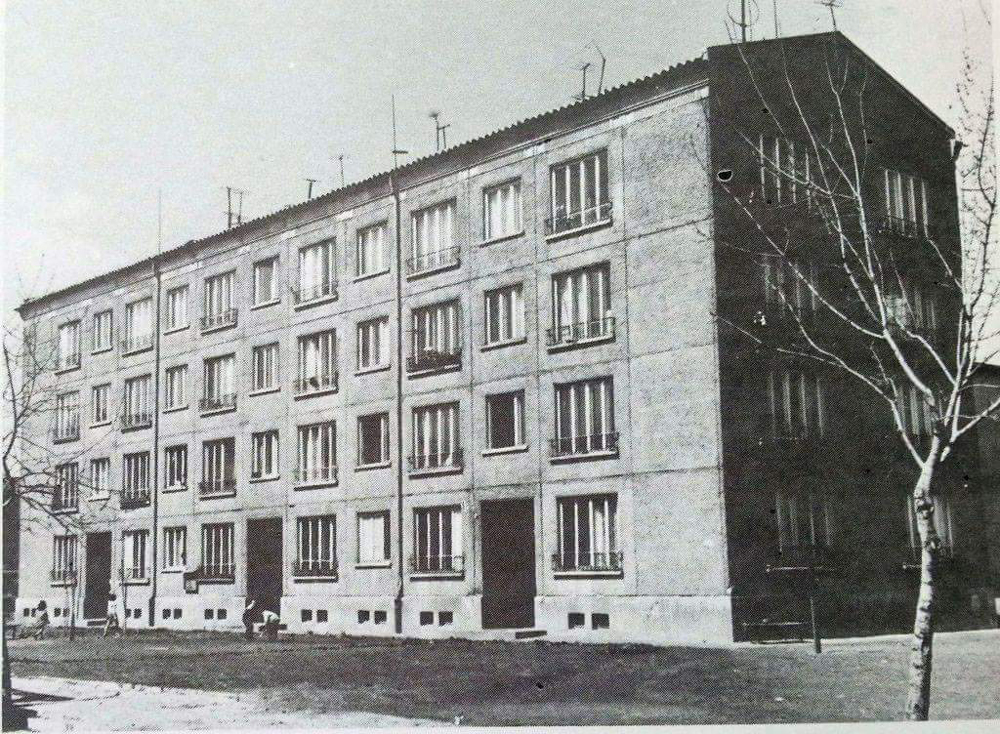
E.B.2.0.6 Bulgaria’s first Panelka, 1958
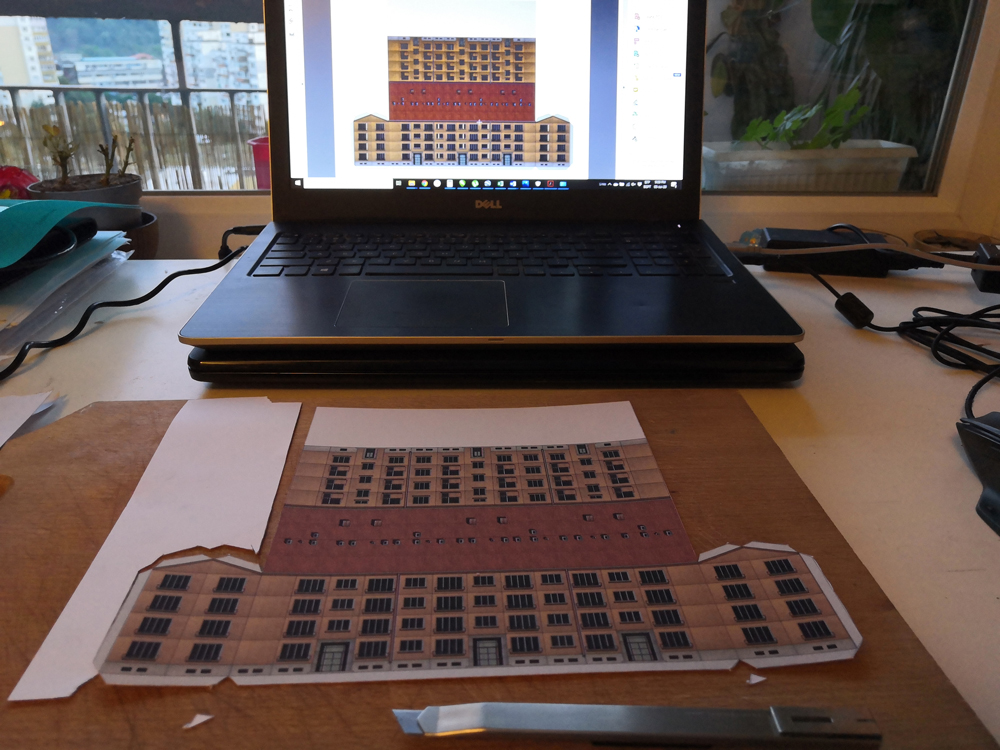
E.B.2.0.6 Alexander Predov ©
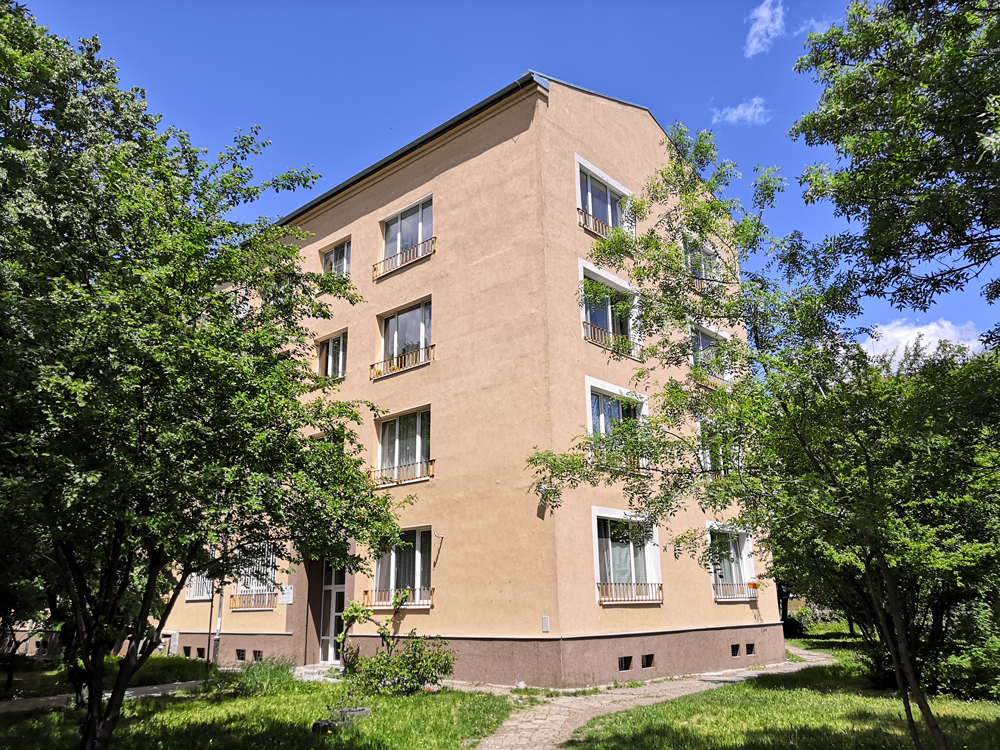
E.B.2.0.6 Alexander Predov
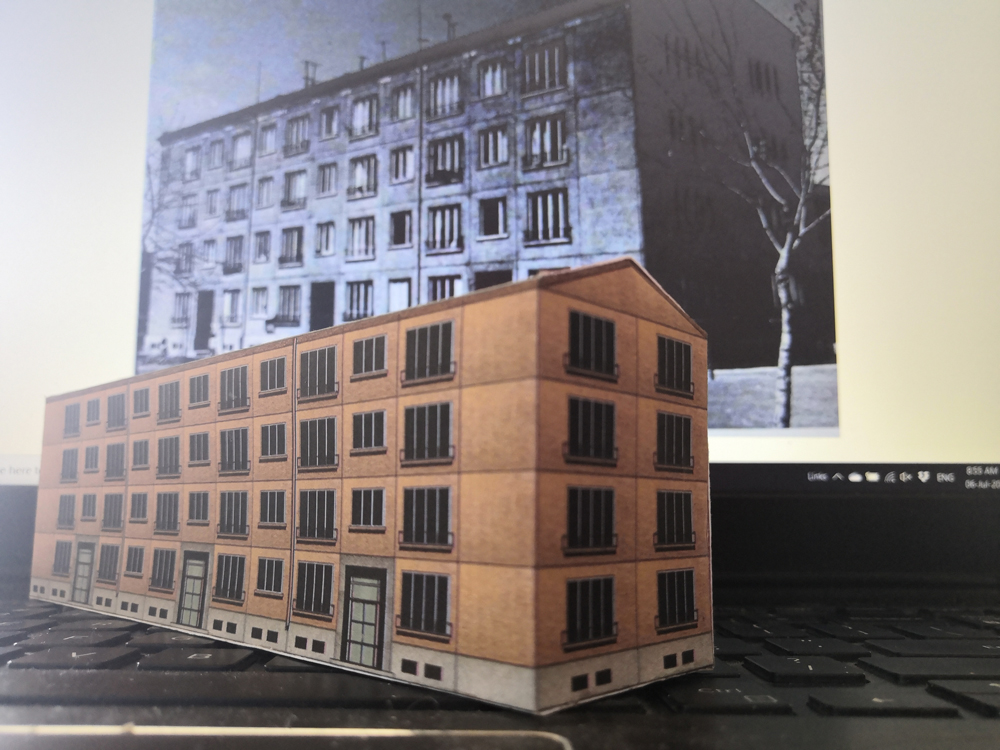
E.B.2.0.6 Alexander Predov ©
GREYSCAPE MORE
Local dish we must try?
Stuffed vine leaves with rice, tripe soup and patatnik, a kind of a potato pie with cheese and eggs, from the Rhodope Mountains region. The local people say, that the English word Potato comes from Patatnik, because there were British travellers hundreds of years ago, crossing the mountains, who loved this meal so much, that they adopted the word.
Favourite Book
“Semiotics notebooks” by Professor Kristian Bankov
And podcast
For me, music is the most universal expression of culture and it could affect people’s minds with just a simple note. I love music, any kind of music, and I like to discover different new musicians-from ethno and world music, to electronic and experimental. The last few months I like to listen the London’s Netil Radio, NY’s The Lot Radio, KEXP and The Tiny Desk Concerts by NPR.
Designer/architect you most admire?
They are so many, but let’s say, Walter Gropius, Le Corbusier, Tadao Ando, Frank Gehry, Ieoh Ming Pei, Clorindo Testa, Daniel Libeskind, Frank Lloyd Wright of course. And last, but not least Bulgarian-born Christo Javachev, who recently passed away, known with his wife, as Christo and Jeanne-Claude, maybe the most remarkable contemporary environmental artists.
Find Alexander on Facebook www.facebook.com/easternblox/
On Instagram www.instagram.com/alexander_predov/
All images and designs are the property and Copyright of Alexander Predov ©
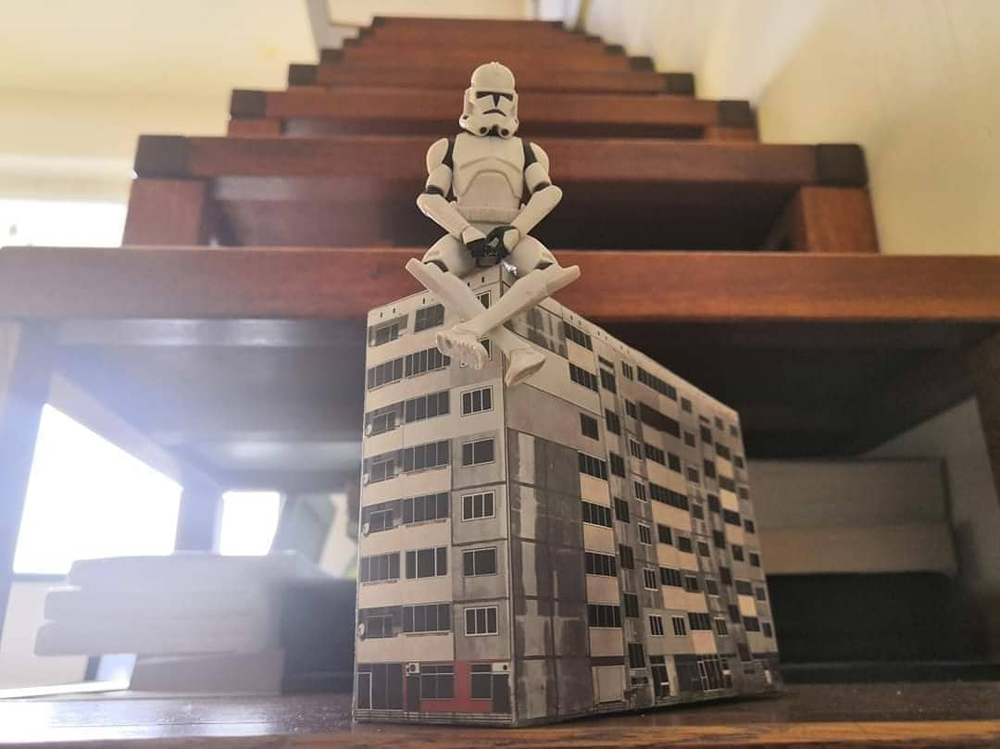
Starwars stormtrooper on a Panelki Image: Alexander Predov




